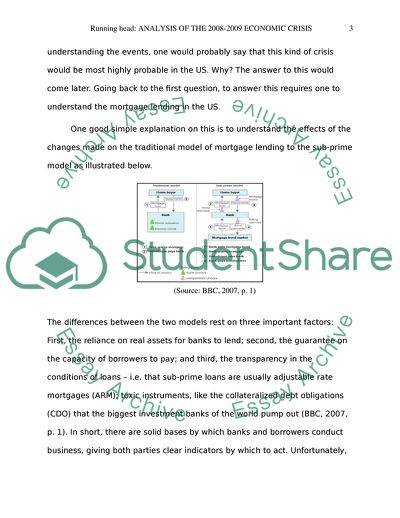Cite this document
(Economic Crisis 2008-2009 in the US - Causes, and Policies Literature review Example | Topics and Well Written Essays - 2250 words, n.d.)
Economic Crisis 2008-2009 in the US - Causes, and Policies Literature review Example | Topics and Well Written Essays - 2250 words. https://studentshare.org/macro-microeconomics/1768308-economic-crisis-and-the-policies-implemented
Economic Crisis 2008-2009 in the US - Causes, and Policies Literature review Example | Topics and Well Written Essays - 2250 words. https://studentshare.org/macro-microeconomics/1768308-economic-crisis-and-the-policies-implemented
(Economic Crisis 2008-2009 in the US - Causes, and Policies Literature Review Example | Topics and Well Written Essays - 2250 Words)
Economic Crisis 2008-2009 in the US - Causes, and Policies Literature Review Example | Topics and Well Written Essays - 2250 Words. https://studentshare.org/macro-microeconomics/1768308-economic-crisis-and-the-policies-implemented.
Economic Crisis 2008-2009 in the US - Causes, and Policies Literature Review Example | Topics and Well Written Essays - 2250 Words. https://studentshare.org/macro-microeconomics/1768308-economic-crisis-and-the-policies-implemented.
“Economic Crisis 2008-2009 in the US - Causes, and Policies Literature Review Example | Topics and Well Written Essays - 2250 Words”. https://studentshare.org/macro-microeconomics/1768308-economic-crisis-and-the-policies-implemented.


